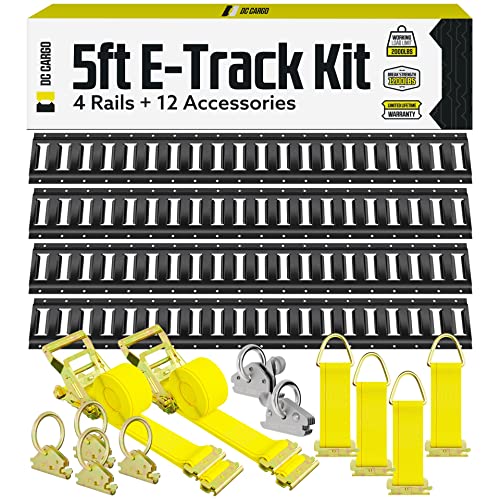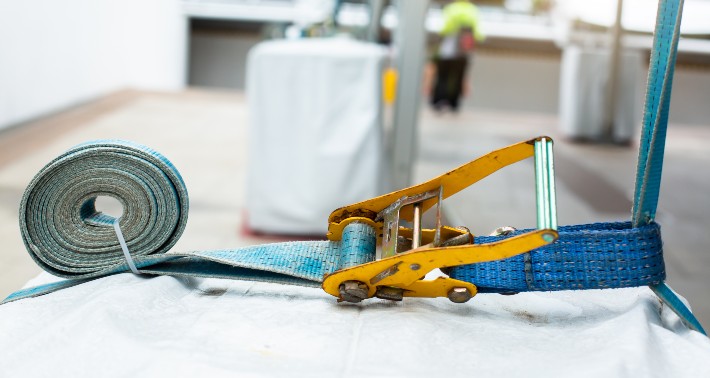Transporting extra-large objects, heavy-duty equipment, vehicles and machinery can be a hassle. And if you don’t have a proper securing system in place, your precious items can get damaged during transit and become an accident hazard. Thanks to tie-down systems though, you don’t have to worry about these hassles when transporting massive items from one place to another.
A trailer tie down system is commonly used by professional movers and is a staple in the shipping industry. This system uses a variety of straps, buckles and hooks to attach to the trailer and secure heavy-duty cargo inside. You can find different types of cargo straps, such as ratchet and cam buckle straps, used to secure massive items.
Given the overly saturated state of the shipping industry, finding the right tools for your tie-down system can be daunting. So to help you out, we’ve reviewed some of the finest trailer tie down systems of 2023, accompanied by a detailed buyer’s guide.






